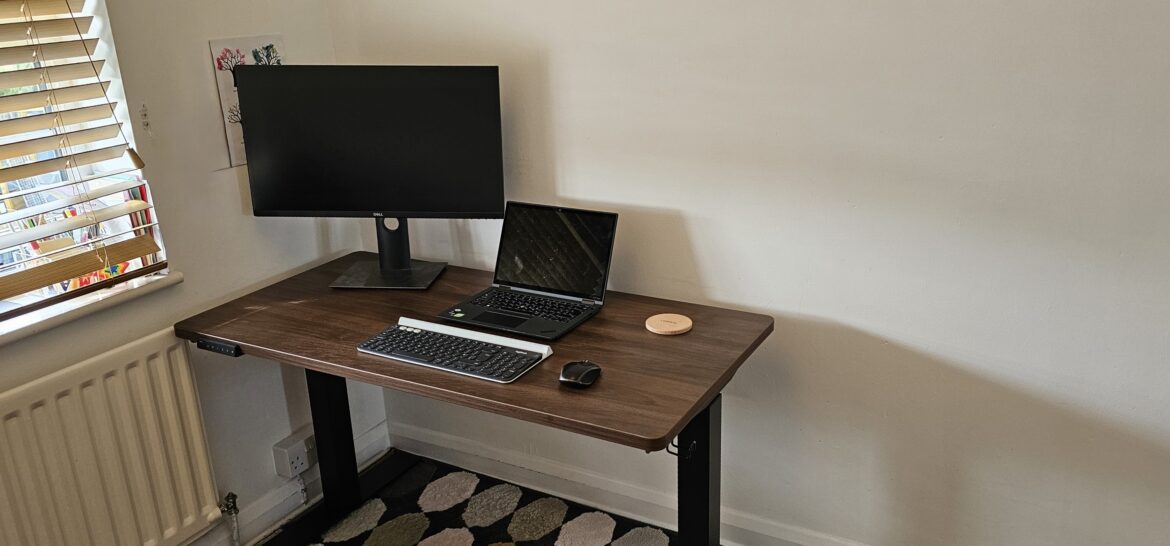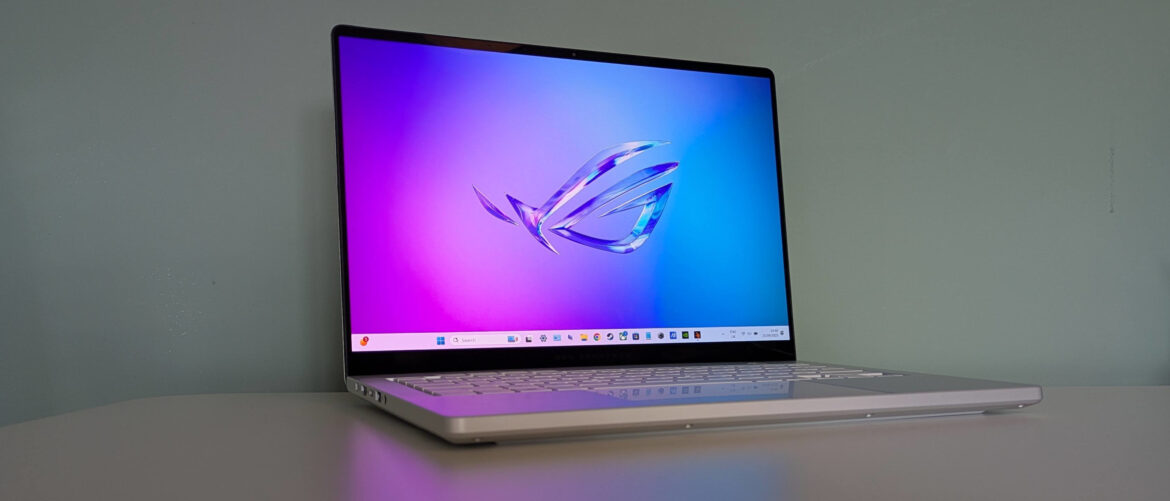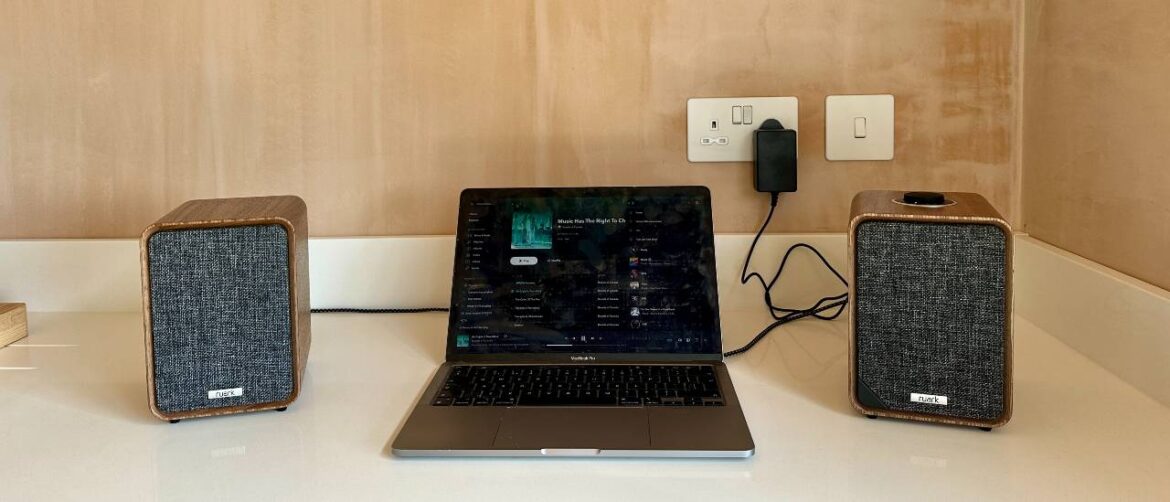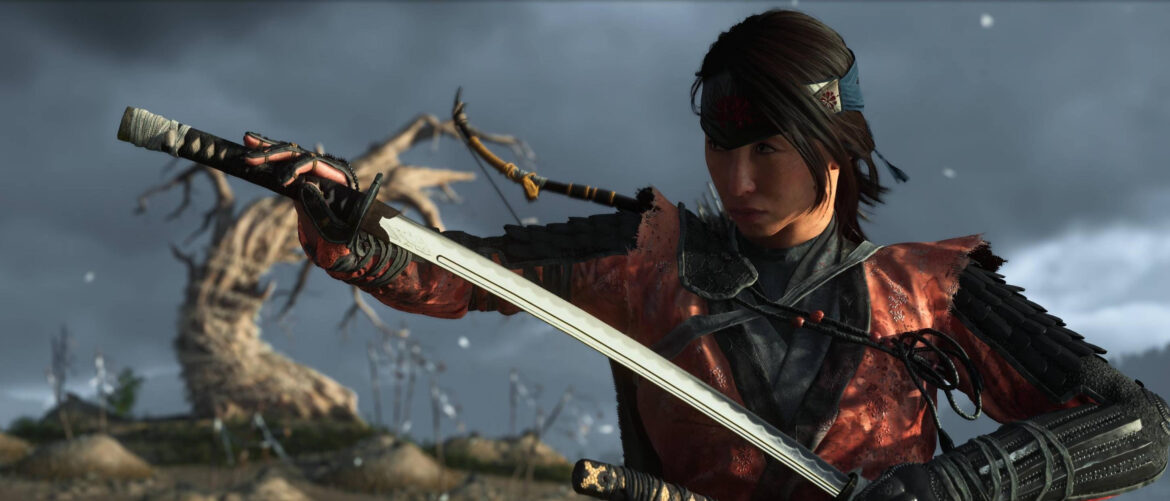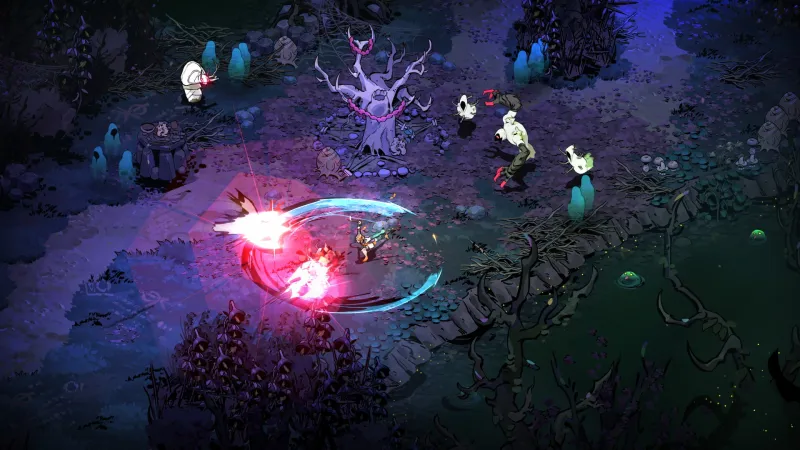A great athlete can sometimes find themselves maligned for off-the-court issues; no matter the incredible numbers they put up night after night, teams can hesitate to bring them on due to these peripheral problems. Lately, I’ve felt similarly about the NBA 2K franchise, with its intrusive microtransactions distracting from its stellar gameplay. With NBA 2K26, those off-court problems aren’t gone, but they’re less disruptive, resulting in a much better experience that allows the series’ longstanding and abundant strengths to shine.
As with any NBA 2K entry, you can step onto the court with confidence; the play is as good as sports gaming gets. Whether you’re passing around the perimeter, driving through the paint, or staying with your assignment on defense, player movement and collision physics feel better than ever before. The tweaked shot meter requires you to carefully select your shot and skillfully time your release, creating a rewarding experience with every possession. When combined with unrivaled attention to detail with regard to lighting, commentary, and visual fidelity, NBA 2K26 looks and plays better than any other sports game.
All these mechanics and improvements permeate 2K26’s robust suite of modes, which include one-off NBA or WNBA play, long-term franchise modes, and single-player career modes. With both the men’s and women’s games included, you can approach these however you like, but I was pleased to see full WNBA integration into the card-collection mode, MyTeam.
Although modes like MyTeam are typically not a destination for me due to their reliance on microtransactions, I fully immersed myself in the thrill of building a stacked, cross-leagues team of legends of yesteryear and current stars. The loop of playing games, opening card packs, and optimizing my roster sunk its hooks in me, but the busy and confusing interface does little to compel me to stay in the mode.
Card-collection modes like MyTeam are tailor-made for microtransactions, so I don’t mind when sports games quarantine them there. However, NBA 2K fans have been conditioned to accept them in the player-focused MyCareer mode, where you need to spend Virtual Currency (VC) to not only upgrade your player, but also their clothes, gear, and shoes. The persistent pop-ups have been toned down, and the grind to earn VC in-game has been slightly eased compared to past games, meaning that while currency woes persist, they’re less intrusive.
Despite its redesign, The City remains an incoherent mess of other players running, skating, and go-karting around, dressed in the most cognitively dissonant ways possible. It’s particularly irksome since I love the notion of going shopping for shoes or meeting with my agent to talk endorsement deals, but when the route to get there is full of other players in dinosaur costumes and hazmat suits, it annihilates any sense of immersion.
Starting with the story-based prologue, Out of Bounds, I took my character from high school phenom to NBA rookie over the course of a few hours. The story offers you choices, like what teams you want to join or what goals you want to set, but when it comes to seemingly the most significant choice – going to college or playing in Europe as your path to the NBA – the narrative forces your hand. I would have loved to have a true diverging path rather than the mildly impactful decisions the story presents.
Once you’re through the prologue and into the NBA, the story content continues as the mode progresses around goals you set. For instance, I set my first goal as winning the in-season NBA Cup tournament, but you can also choose goals like being named to the All-Star team, hitting certain stat milestones, or other team-based objectives. I love the ability to chart your own course through the league and watching the story react. Navigating through pro hoops is always going to be my destination with MyCareer, but when I wanted a break from the NBA grind, I found plenty to do out in The City.
Though you can challenge the competition online in a variety of 2v2, 3v3, and 5v5 modes, I was most drawn to the Street Kings sub-mode. Challenging different bosses and their teams in three-on-three first-to-21 games, then recruiting their best players to join your squad immediately piqued my interest; you can even upgrade the teammates by challenging more difficult versions of them after your first victory. Since you need to defeat 10 bosses to challenge the court’s final boss, I had a stacked team of my strongest adversaries heading into the final opponent on one of the two street courts. Then, you can take those teammates into the Hardwood Hall to compete in a massive tournament with modified scoring.
Street Kings is also a great place to earn VC that can be used to either buy gear or level up your character, which alleviates the grind to an extent. But even if it’s not as annoying as past entries, the game still lets you know you could just instantly be a great player if you pull out your credit card. Combine that with a shared pool of VC across modes, and the multi-purpose currency almost forces you to pick a lane and stay with it; I would have loved to buy some packs in MyTeam or get my favorite shoes in MyCareer, but I’d much rather improve my player’s three-point attribute.
The W offers a similar experience, but it’s far more streamlined and lacks much of the pageantry of the men’s side. Rather than a fleshed-out backstory, you basically choose whether you want to be a young gun or an established star from Europe, then experience many of the narrative beats through dry press conferences. I’m glad the WNBA has its own version of a single-player career mode, but it’s clearly an afterthought to its NBA counterpart.
On the more traditional side, I’ve always loved NBA 2K’s franchise modes. I’m particularly impressed by MyNBA, which lets you establish your dream scenarios; do I want to play in the ‘80s, ‘90s, or ‘00s with fairly accurate rosters, draft classes, and historical rule changes – not to mention era-specific filters – or do I want to try and lead my favorite team to the championship in the modern era? The attention to detail is so precise that even minor inaccuracies, like a fan holding a sign that references the Wizards at a Washington Bullets game, felt glaring. Still, that’s a tiny nitpick in the grand scheme of such an impressive offering.
Though its upgrades in this year’s entry are minimal, MyNBA offers so many options and lets you decide the level at which you want to engage with the mode. On one save file, I took control of Jordan’s Bulls as I tried to recreate the magic of Chicago in the ‘90s; I played every game, kept my finger on the pulse of the free agent market, and did everything in my power to nab the best rookies in the draft. On my other save file, I played as the 2026 Timberwolves. I didn’t play very many games, but I wheeled and dealed throughout the regular season and finally brought an NBA championship to Minnesota.
The absolute glut of content is impressive and intimidating all at once, and NBA 2K26’s on-the-court performance is so good that it’s worth the annoyances that come with the franchise. Whether you want to chart your custom character’s career through the NBA or WNBA, take the reins and rewrite your favorite franchise’s history, or build your dream roster of players from across eras, NBA 2K26 gives you all the tools to do so.


